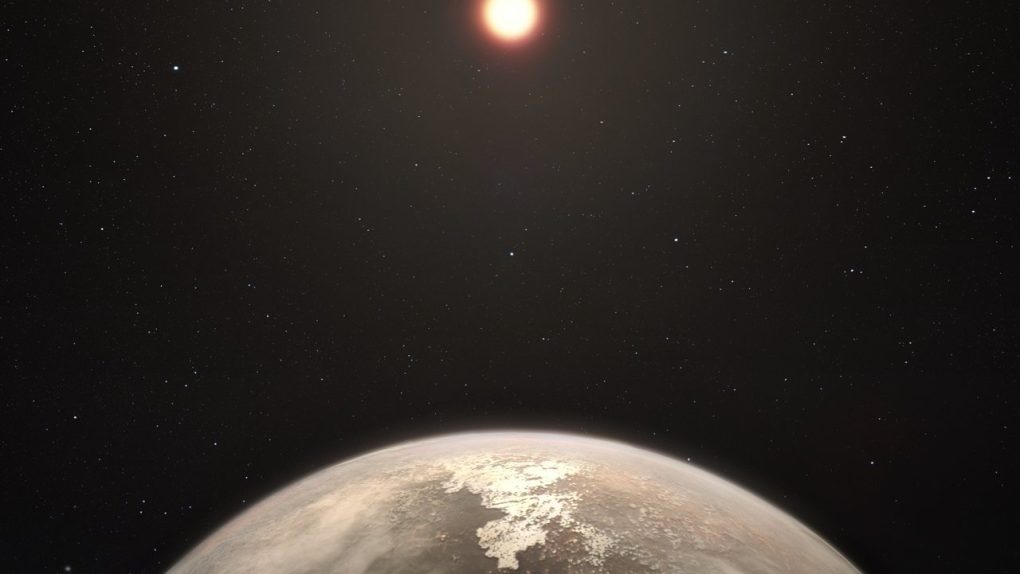- Scientists from Cornell University have developed a model to “decode” the habitability of distant exoplanets.
- By taking into account the color of the planet as it appears from a distance and the light of the start it is orbiting, scientists can calculate the likelihood that the surface is comfortable for life.
- New exoplanet-hunting telescopes will give researchers a better look at distant worlds, and with tools like this, we may get a better idea of which ones could host life.
- Visit BGR’s homepage for more stories.
In the endless search for worlds beyond our solar system, astronomers have discovered planets of many types, sizes, and circumstances. From frozen rocky worlds to massive, steaming gas giants orbiting so close to their star it’s a wonder they even still exist, exoplanets can vary dramatically. For scientists searching for life outside of Earth, it makes the job incredibly difficult, but astronomers at Cornell University have built a model that they think can help.
It’s a climate “decoder” of sorts, that gleans information about a planet’s potential for habitability based on the light that can be detected coming off of it. Their work was published in Monthly Notices of the Royal Astronomical Society, and it could exoplanet researchers focus their attention on worlds that have the best chance of supporting life.
Most exoplanets that astronomers discover don’t hold the possibilities of life. We know that because planets that orbit outside of the habitable zone of their star are either too cold to support liquid water on their surface or too hot to prevent it from boiling off. Additionally, gas giant planets aren’t thought to be candidates for life, so it doesn’t matter if those are found in the habitable zone or not.
However, when scientists detect rocky worlds within the habitable zone, things get a lot more interesting. There’s a surprising amount of information that can be gathered about a planet even when it sits many light-years away.
This new research effort takes into account data such as the color that the planet appears to be and the intensity of light from its host star. The combination of these data points can offer a clue as to the surface temperatures of the planet as well as its habitability for life as we know it.
“Depending on the kind of star and the exoplanet’s primary color—or the reflecting albedo—the planet’s color can mitigate some of the energy given off by the star,” Lisa Kaltenegger, co-author of the study, said in a statement. “What makes up the surface of an exoplanet, how many clouds surround the planet, and the color of the sun can change an exoplanet’s climate significantly.”
The scientists say that telescope projects that are currently in the works, including the Extremely Large Telescope, will give scientists an even better look at distant worlds, and that climate predictions for those exoplanets could prove valuable.








